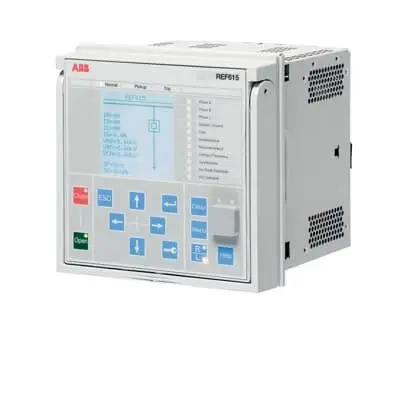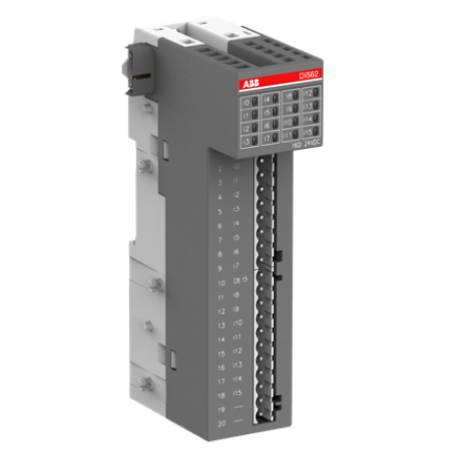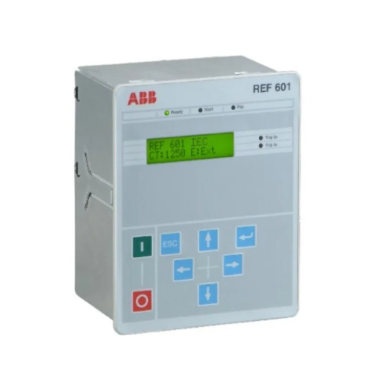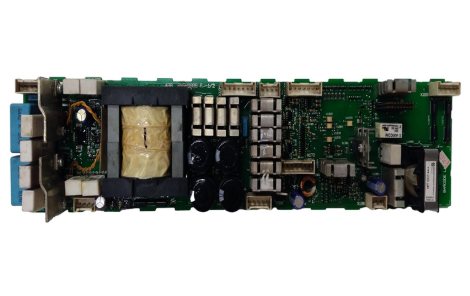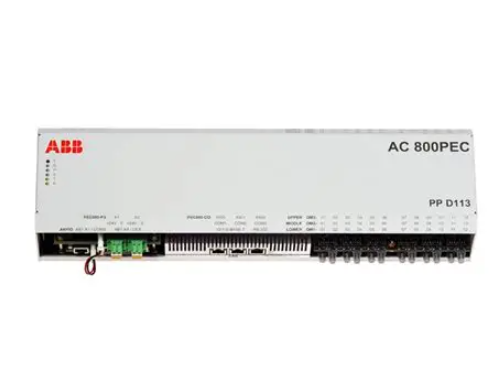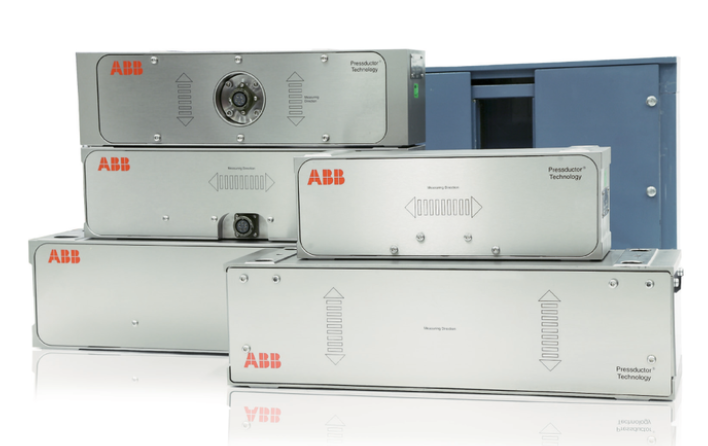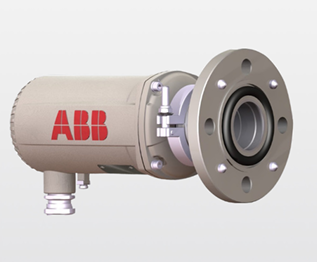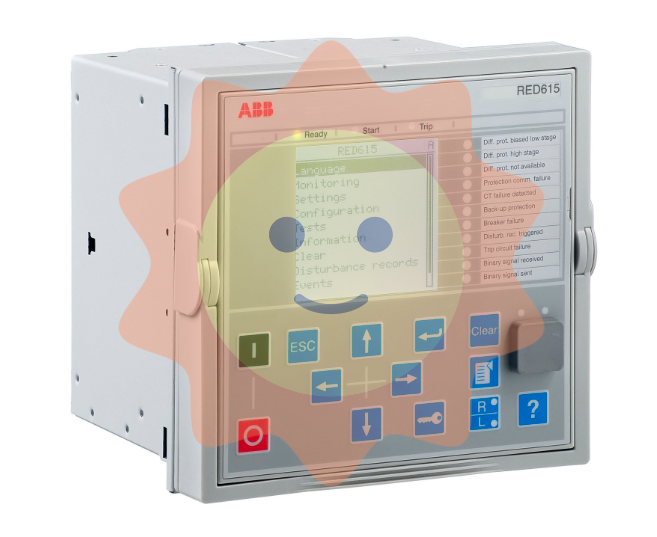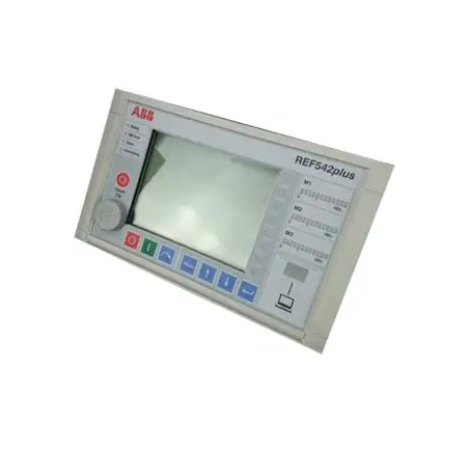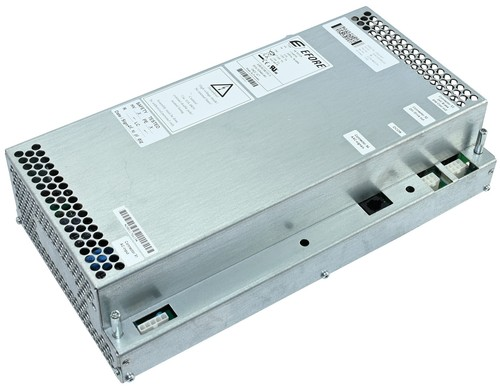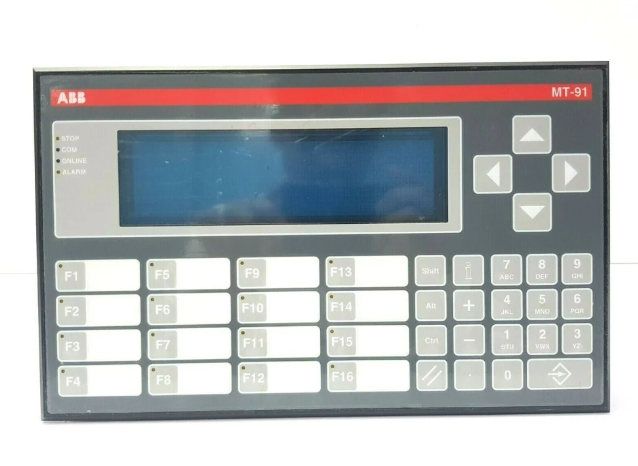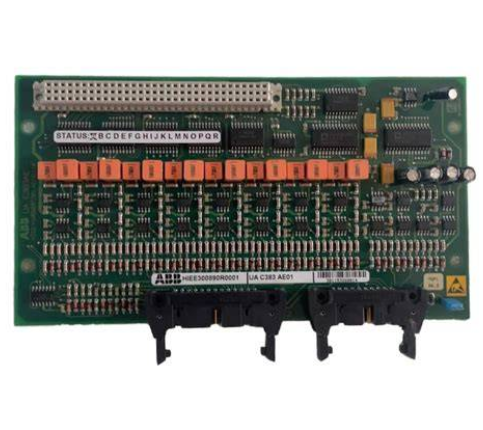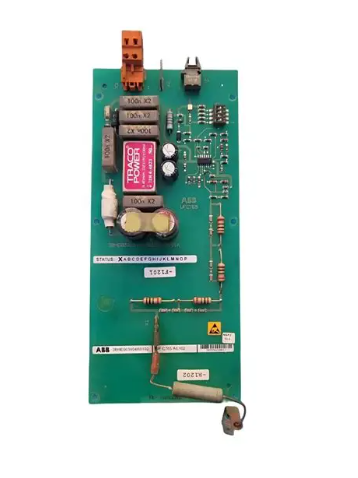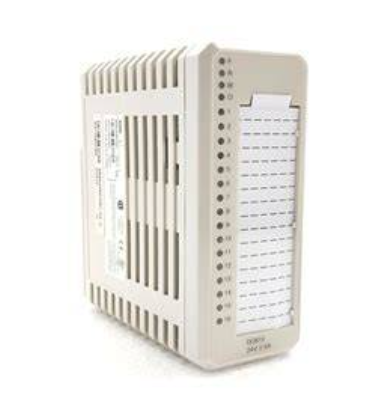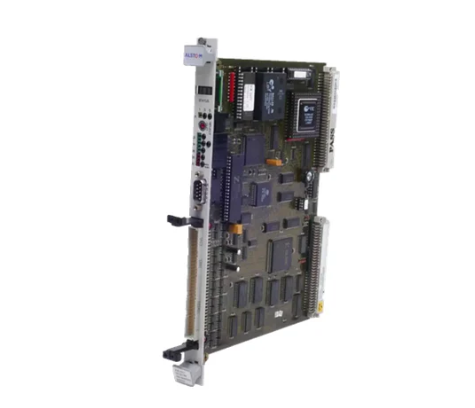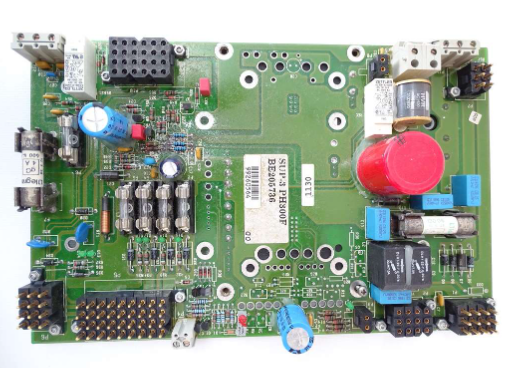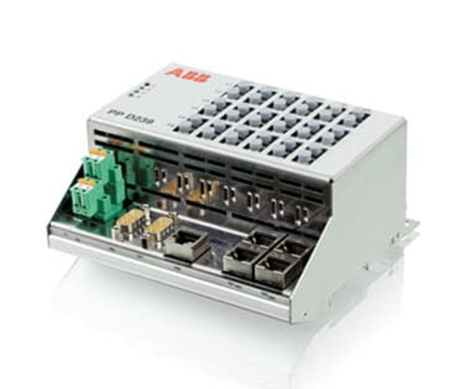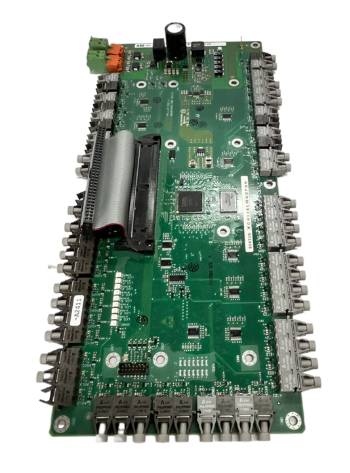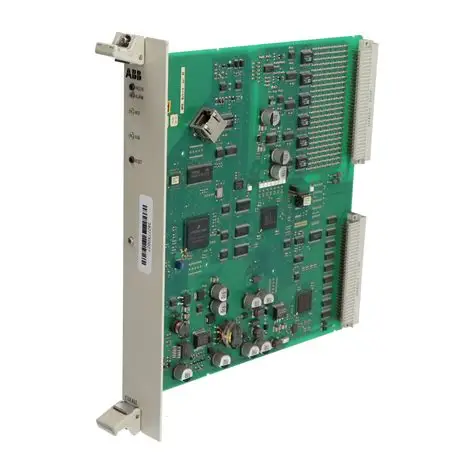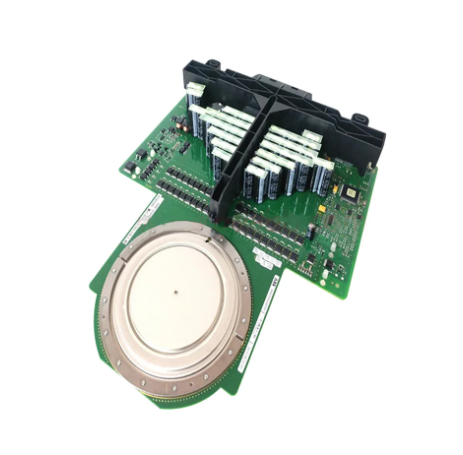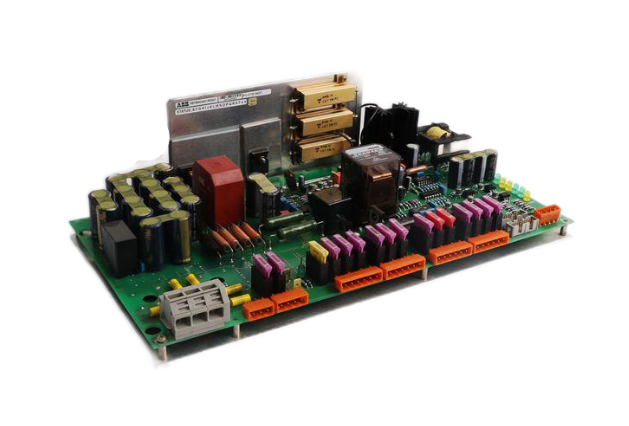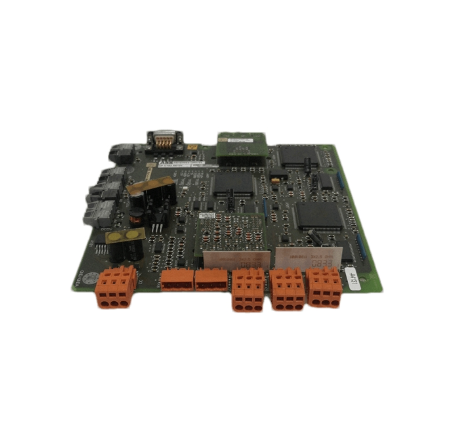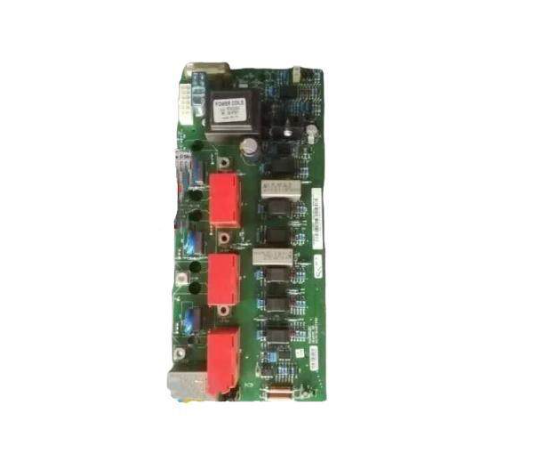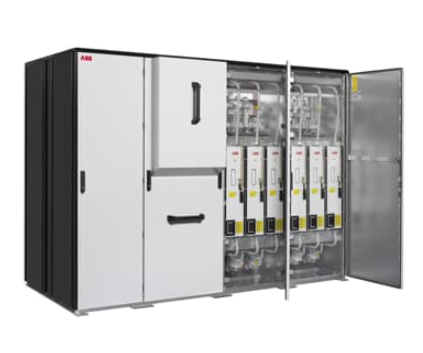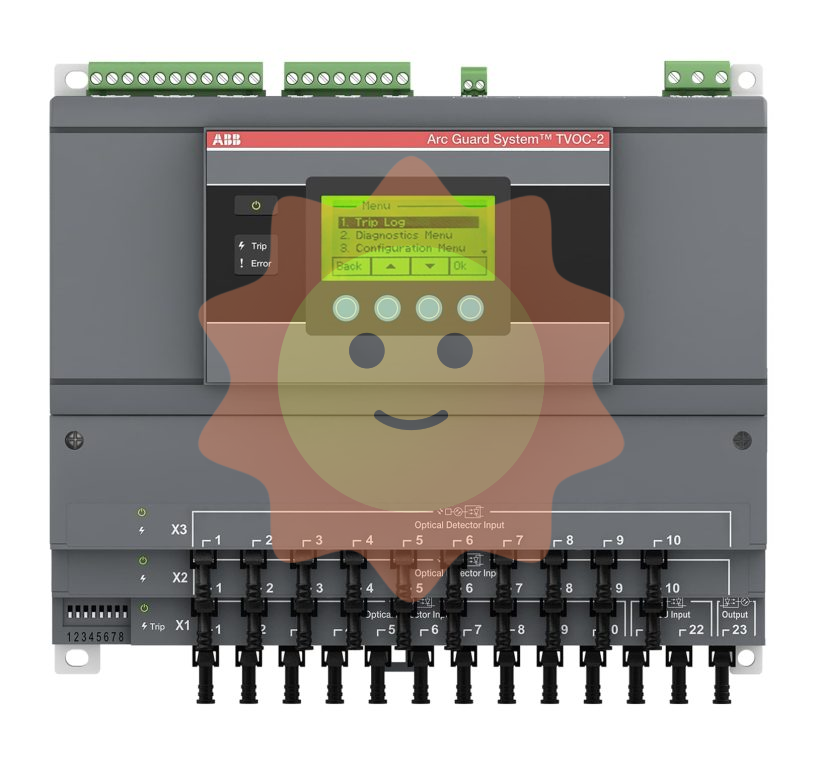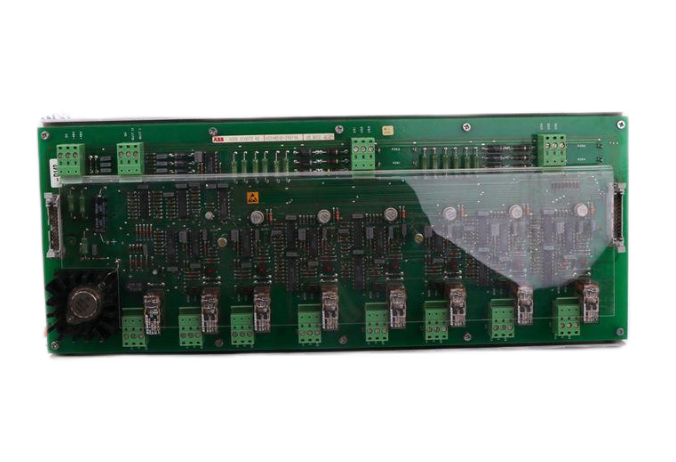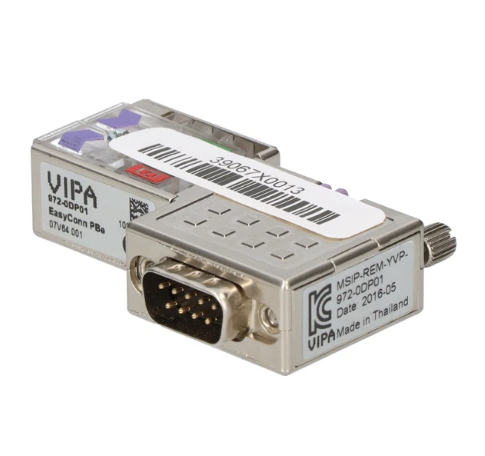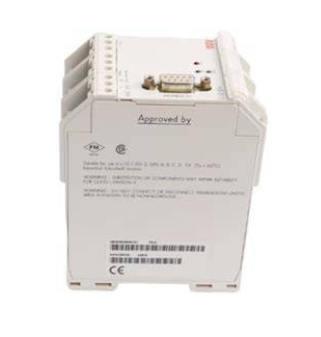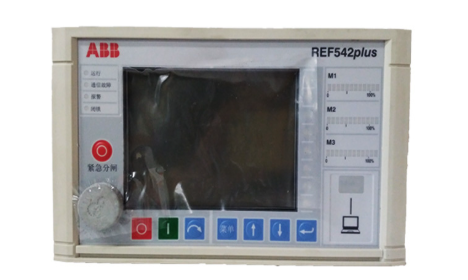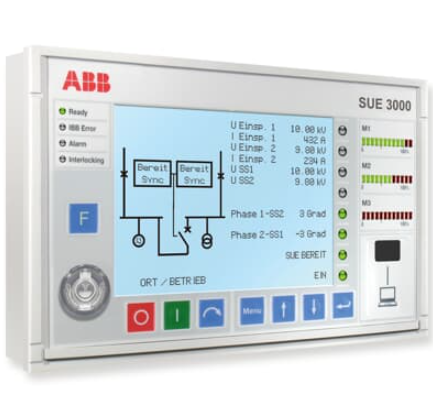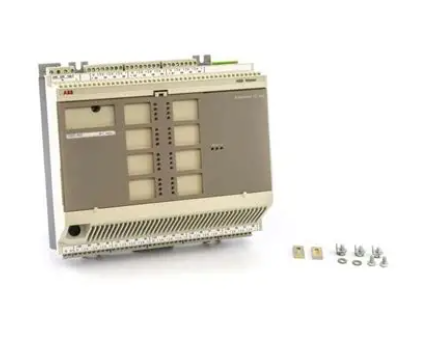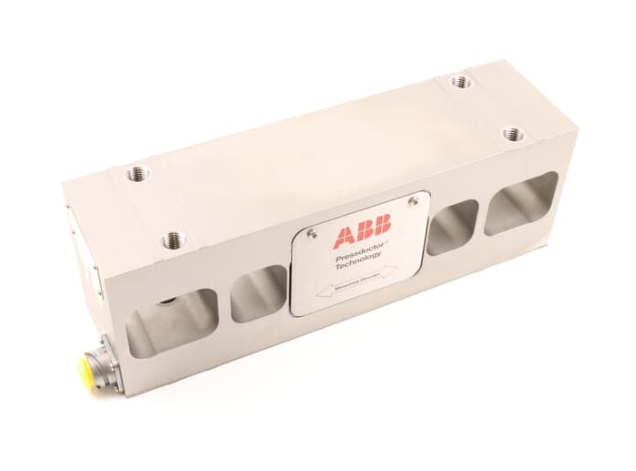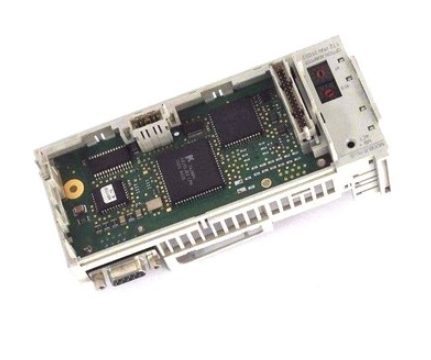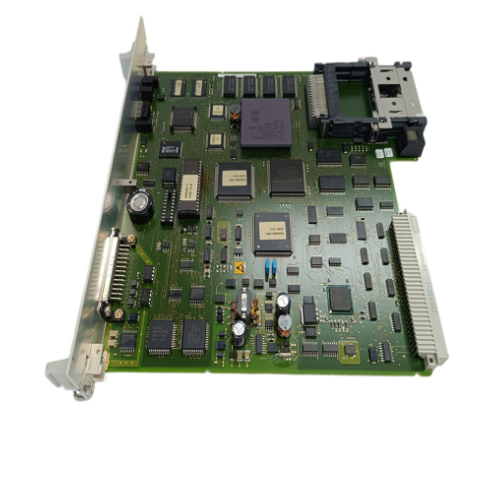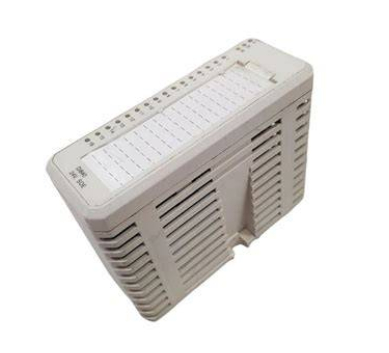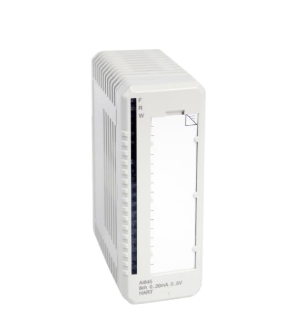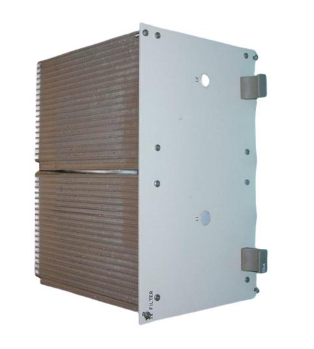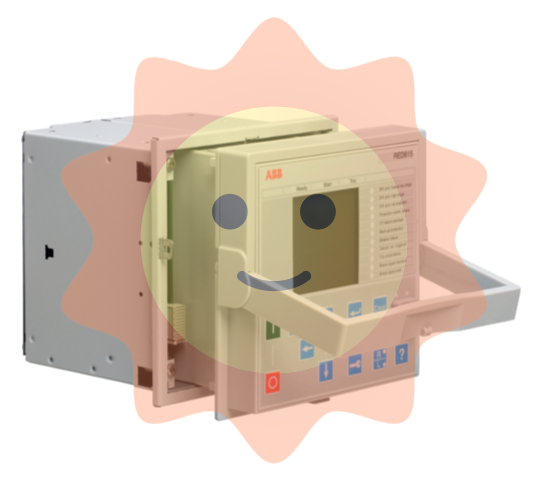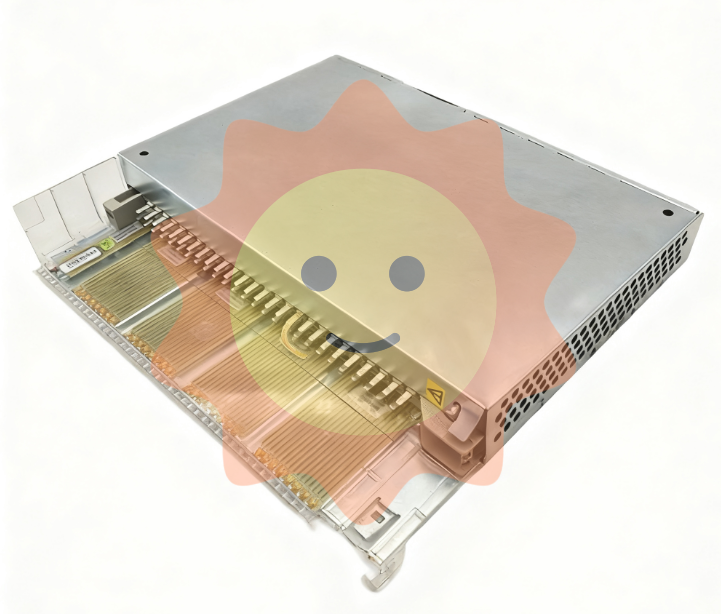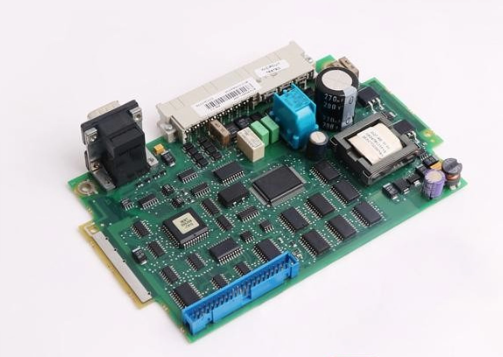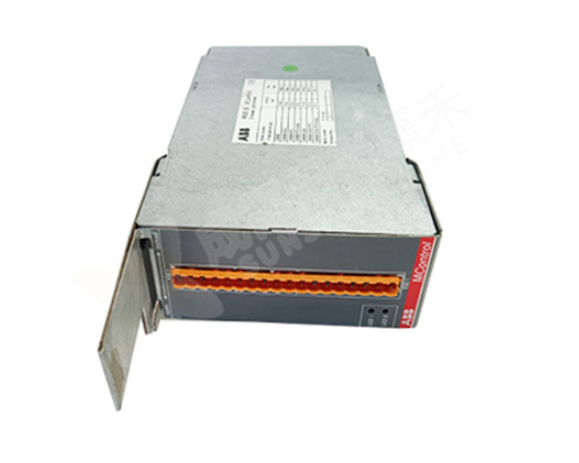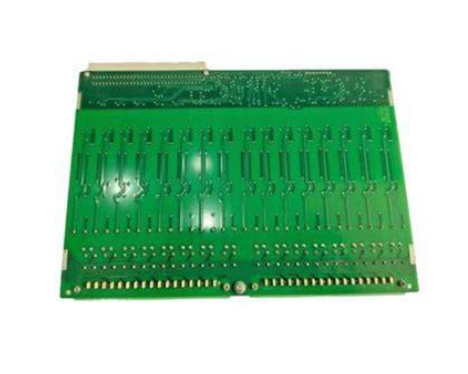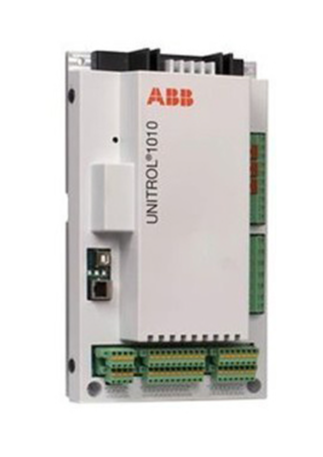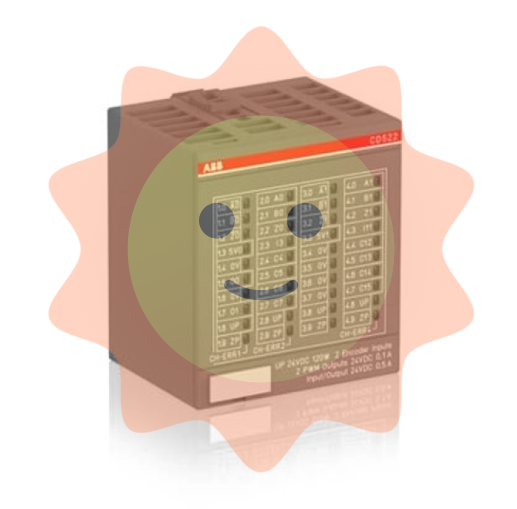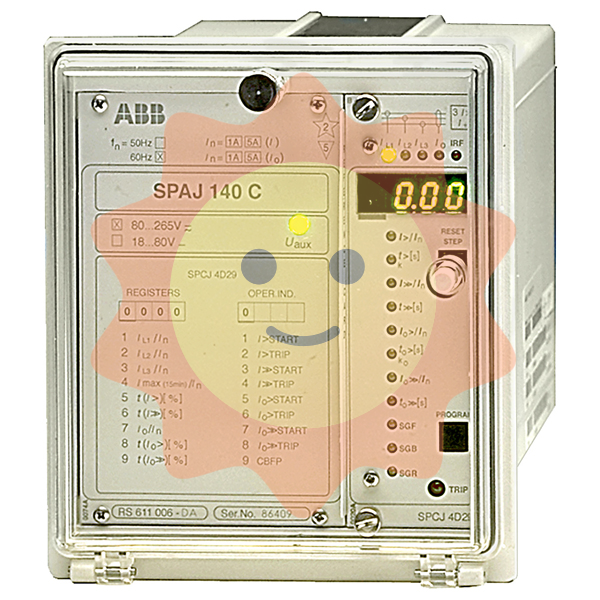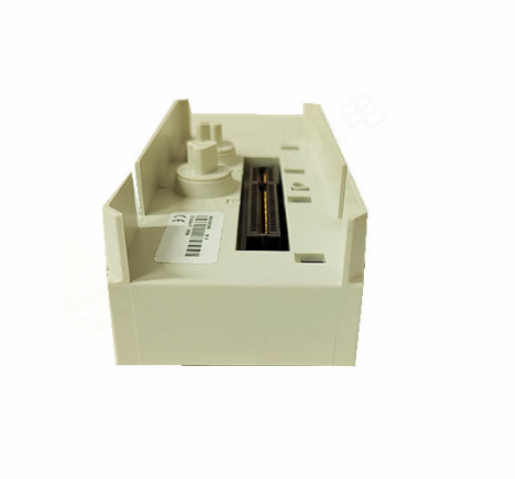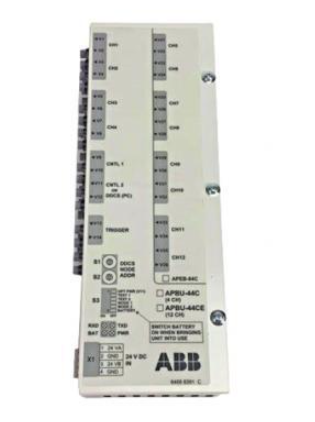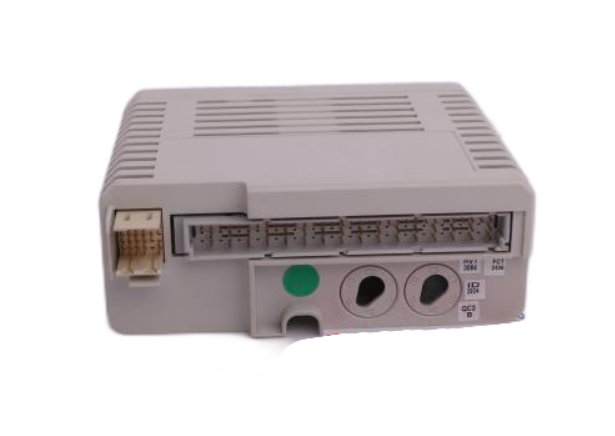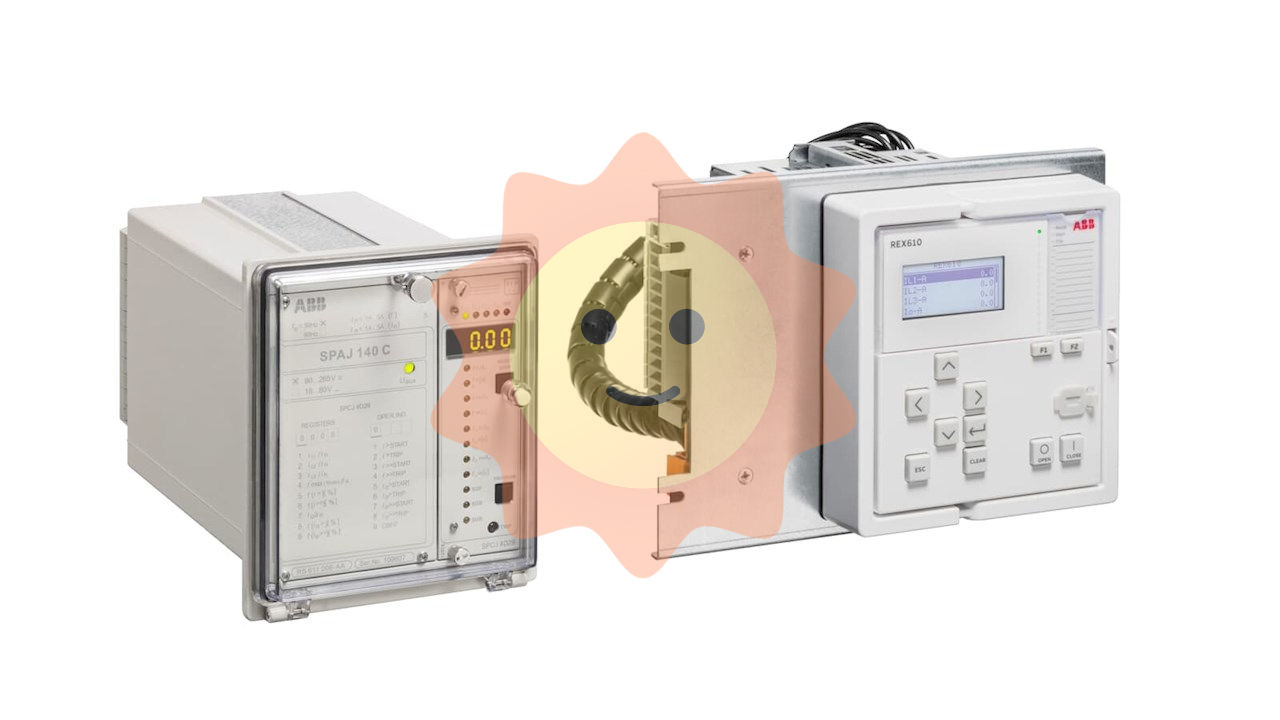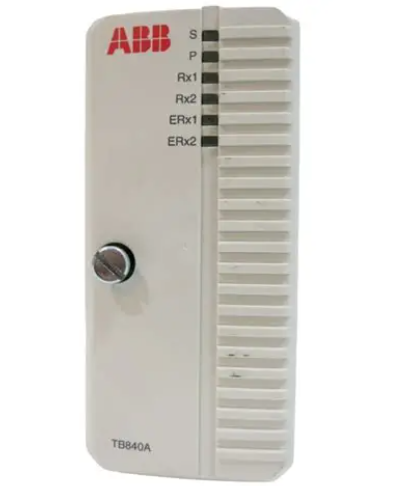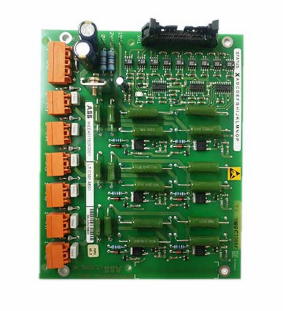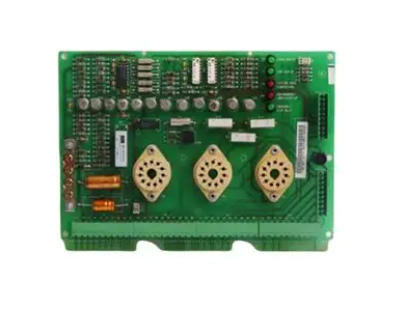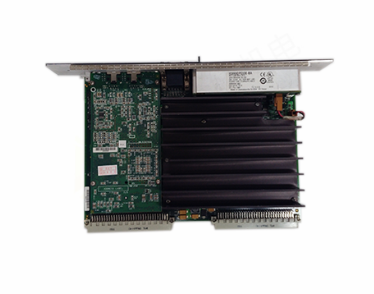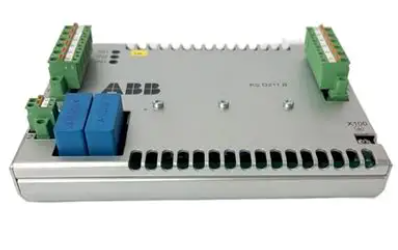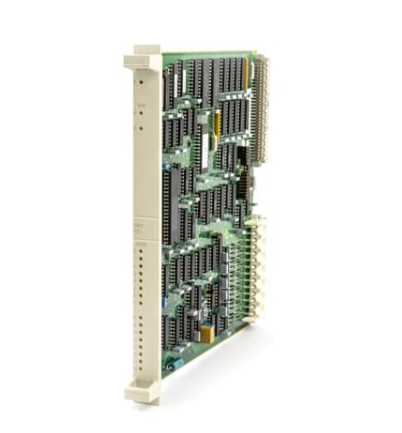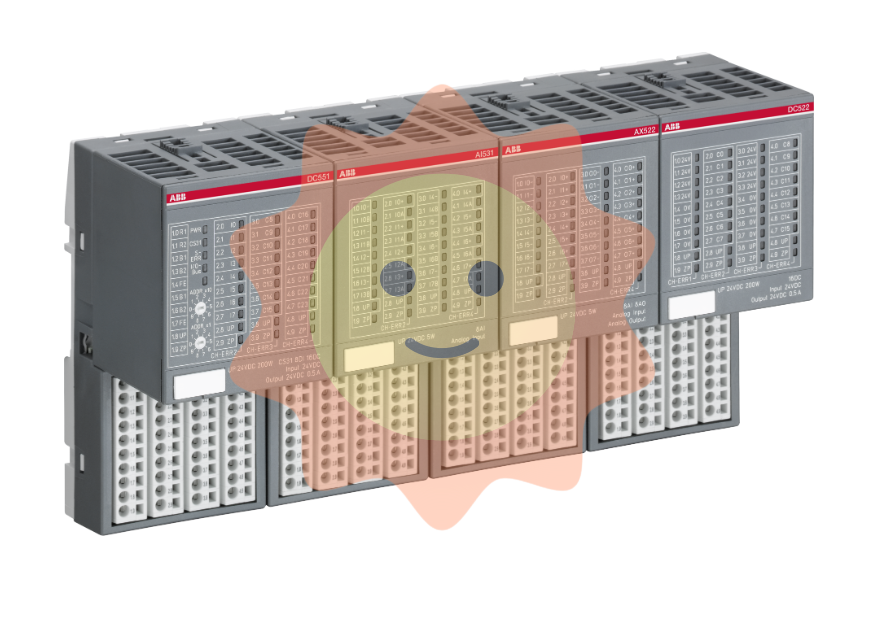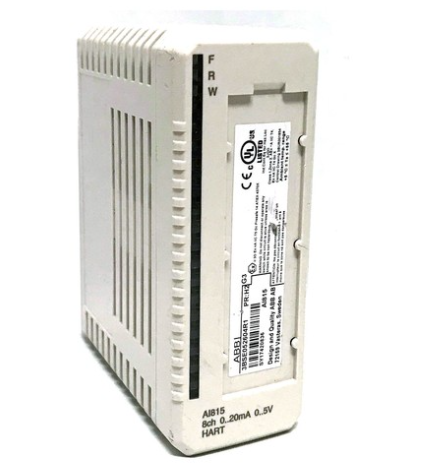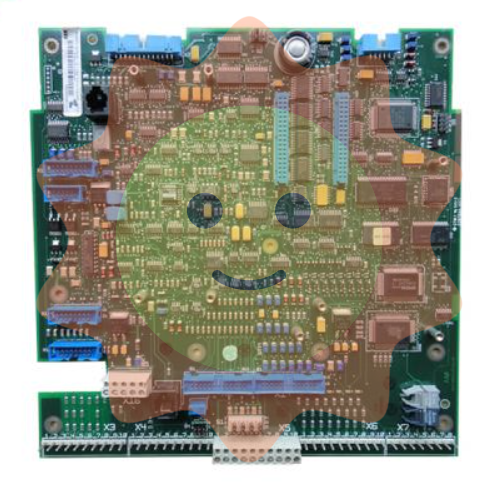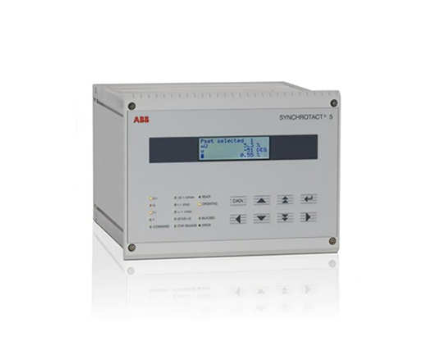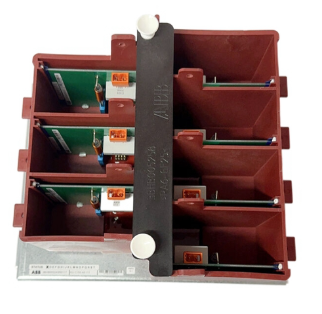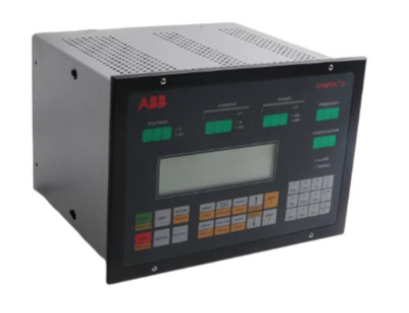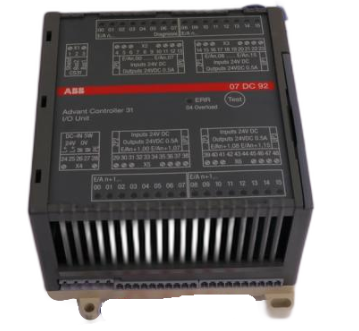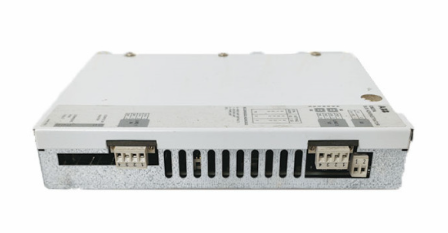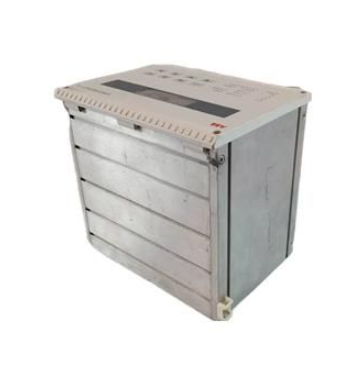ABB 5SGY3545L0017 module tension controller
ABB 5SGY3545L0017 module tension controller
Product Overview
ABB SNAT602TAC Circuit Board is a circuit board that plays a key role in industrial automation and power control. It has a precise circuit layout and advanced electronic component integration, capable of efficiently processing various control signals and data transmission tasks, aiming to ensure the stable and accurate operation of industrial equipment and systems. It is an important basic component for building complex industrial control systems.
Specification parameters
Power specifications
Input voltage range: Suitable for 110-240V AC wide voltage input, can flexibly respond to power supply needs in different industrial environments, and reduce compatibility issues caused by voltage differences.
Frequency: Supports 50/60Hz standard frequency, meets common industrial power frequency requirements, and ensures stable operation.
Dimensions and physical characteristics
Dimensions: 200mm in length, 160mm in width, and 30mm in height. The compact size design facilitates installation in various control cabinets, equipment cases, and other space limited locations, effectively saving installation space.
Weight: Approximately 1.8kg. The moderate weight ensures the stability of the product structure while facilitating installation and handling, reducing the impact of vibration and other factors on circuit connections.
Interface type
Digital signal interface: equipped with multiple RS-485 interfaces, supporting half duplex communication mode, with a maximum transmission rate of 115.2kbps, it can achieve reliable connection with various digital devices such as sensors, actuators, controllers, etc., ensuring stable transmission of digital signals and collaborative work between devices.
Analog signal interface: It has a 4-20mA current loop input/output interface, which is used to connect analog sensors and actuators. It can accurately collect and output analog signals, and accurately adjust analog parameters such as temperature, pressure, and flow rate in industrial process control.
Working environment parameters
Temperature range: The working temperature ranges from -20 ℃ to+60 ℃, with excellent environmental adaptability. It can operate normally in harsh industrial environments such as high and low temperatures, reducing the impact of environmental temperature fluctuations on circuit board performance and ensuring production continuity.
Humidity range: Relative humidity of 5% -95% (without condensation), can work stably in humid environments, effectively preventing short circuits, corrosion and other faults caused by humidity issues, and improving product reliability.
Protection level: reaching IP20 protection level, it can effectively block solid foreign objects larger than 12mm from entering, providing basic protection for internal precision electronic components and reducing the risk of malfunction caused by foreign objects entering.
Core functions
Precise control signal processing: It can quickly analyze and process control instructions from the upper computer or other control sources, generate precise control signals, and output them to various connected industrial equipment such as motors, valves, etc., to achieve precise adjustment of equipment operating parameters (such as speed, opening, etc.), ensuring the accuracy and stability of the production process. In automated production lines, the movements of robotic arms can be precisely controlled to complete high-precision assembly tasks.
Efficient data collection and transmission: With powerful data collection capabilities, real-time device operation status data (such as temperature, pressure, position, etc.) is obtained through connected sensors, and the collected data is quickly processed and analyzed. At the same time, the processed data can be efficiently transmitted to the upper computer or other systems, providing data support for production decision-making and achieving information management and monitoring of the production process.
Communication protocol support: Supports multiple industrial communication protocols, such as Modbus RTU, Profibus DP, etc., which can seamlessly communicate with different manufacturers and types of devices, facilitating the construction of complex industrial automation systems, achieving high integration and collaborative work of the system, and meeting the diverse needs of industrial automation application scenarios.
Working principle
Instruction reception and parsing: Receive control instructions from upper level computers (such as PLCs, industrial control computers, etc.) through communication interfaces, which include key information such as equipment operation mode, target parameters, and action sequence. The microprocessor inside the circuit board decodes and parses the received instructions, converts them into executable control signals, and provides a basis for subsequent device control.
Data collection and processing: Various sensors connected to the circuit board collect real-time operational status data of the equipment, convert it into electrical signals, and transmit them to the circuit board. The analog-to-digital conversion circuit on the circuit board converts analog signals into digital signals. The microprocessor uses preset algorithms to analyze and calculate the collected data, determine whether the device is running normally, and compare it with preset standard parameters to determine the next control strategy.
- EMERSON
- Honeywell
- CTI
- Rolls-Royce
- General Electric
- Woodward
- Yaskawa
- xYCOM
- Motorola
- Siemens
- Rockwell
- ABB
- B&R
- HIMA
- Construction site
- electricity
- Automobile market
- PLC
- DCS
- Motor drivers
- VSD
- Implications
- cement
- CO2
- CEM
- methane
- Artificial intelligence
- Titanic
- Solar energy
- Hydrogen fuel cell
- Hydrogen and fuel cells
- Hydrogen and oxygen fuel cells
- tyre
- Chemical fiber
- dynamo
- corpuscle
- Pulp and paper
- printing
- fossil
- FANUC
- Food and beverage
- Life science
- Sewage treatment
- Personal care
- electricity
- boats
- infrastructure
- Automobile industry
- metallurgy
- Nuclear power generation
- Geothermal power generation
- Water and wastewater
- Infrastructure construction
- Mine hazard
- steel
- papermaking
- Natural gas industry
- Infrastructure construction
- Power and energy
- Rubber and plastic
- Renewable energy
- pharmacy
- mining
- Plastic industry
- Schneider
- Kongsberg
- NI
- Wind energy
- International petroleum
- International new energy network
- gas
- WATLOW
- ProSoft
- SEW
- wind
- ADVANCED
- Reliance
- YOKOGAWA
- TRICONEX
- FOXBORO
- METSO
- MAN
- Advantest
- ADVANCED
- ALSTOM
- Control Wave
- AB
- AMAT
- STUDER
- KONGSBERG
- MOTOROLA
- DANAHER MOTION
- Bently
- Galil
- EATON
- MOLEX
- Triconex
- DEIF
- B&W
- ZYGO
- Aerotech
- DANFOSS
- KOLLMORGEN
- Beijer
- Endress+Hauser
- MOOG
- KB
- Moxa
- Rexroth
- YAMAHA


Email:wang@kongjiangauto.com



